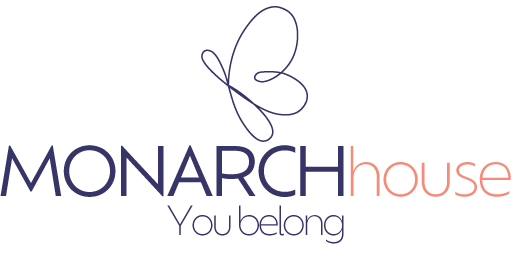Ten Roles of Applied Behaviour Analysis (ABA) for Treatment of Autism Toronto
Ten Roles of Applied Behaviour Analysis (ABA) for Treatment of Autism Toronto
When you find a system that works, it’s best to stick with it, and refine it until it’s replicable and perfected. This is especially true for treatment. There’s a fairly new, proven technique that has made a huge difference in how autism is assessed and treated in children and adults alike. Demonstrating its effectiveness through structured, evidence-based methodologies, Applied Behaviour Analysis (ABA) has emerged as a new forerunner for working with neurodivergent disorders.
Here are ten key roles that ABA plays in the treatment of autism Toronto.
- Fostering Skill Acquisition
ABA focuses on teaching a wide range of skills to patients with autism. Some of these skills, include adaptive, social, communication, and academic skills. It works on techniques of positive reinforcement, repetition and breaking down larger tasks into bite-sized steps. These techniques promote the building and development of new skills.
- Helping With Behaviour Reduction
Do you want to put an end to onerous tantrums and fits? As much as ABA can be used towards creating new, positive actions, it is also useful ineliminating challenging behaviours in children with autism such as acting out, aggression, and self-harm. It is possible to develop appropriate interventions at Monarch House. Professionals can help you understand the roots of unwanted behaviours,
- Building Individualized Service Plans
No two children are alike, so every approach requires individualized attention. Personal service plans are a big part of ABA’s success, so each one is tailored to the specific needs and abilities of each patient with autism. Interventions are more targeted and effective with this approach in mind.
- Conducting Behavioural Assessments
At Monarch House, we assess your child and listen to your family’s needs to create goals that will be meaningful for you. Comprehensive behavioural assessments are a part of how ABA is used to identify specific skills, idiosyncrasies, and areas of need in neurodivergent individuals. The development of intervention strategies are guided through these assessments.
- Crafting Data-Driven Decisions
Metrics make it easier to track progress and improvement in your child. Quantification also highlights areas that can benefit from greater focus. ABA is built around continuous data collection. It makes use of data analysis to monitor progress and make informed decisions about any modifications that may be required in services. This numbers-driven approach ensures that interventions are always evidence-based and as effective as possible.
- Developing The Generalization Of Skills
It’s one thing to master the flow of a conversation in a controlled setting, and another to be versatile enough to adapt to the subtle variations of the scenario at the store, or wherever. At Monarch House, we work on bridging theory with practice by introducing its applications in the real world. The generalization of learned skills across different environments (and with various types of people) is a big part of ABA’s emphasis. Helping individuals with autism apply their skills in everyday situations and setting bolsters their confidence and success.
- Cultivating Family Involvement
Having a child with autism is an ‘all villagers on deck’ type scenario. This goes for family involvement in services as well. At Monarch House, our staff are trained in ABA techniques to support skill development and behaviour management. If parents, caregivers, and siblings are onboard with ABA—and we can give some pointers—this can also be put into practice at home and in community settings.
- Stressing Early Intervention
The earlier these techniques are put into action, the better. Applied Behavioural Analysis is far more effective when implemented early in a child’s development. It’s important to target crucial developmental skills during critical periods of growth. At Monarch House, we encourage early intervention for this reason.
- Collaborating with Other Professionals
Your child may require the expertise of many highly-educated specialists. As much as possible, we try to keep them all under one roof. Monarch House has a small army of counsellors, educators, speech therapists, occupational therapists, and other professionals that are directly involved in the care of your child with autism. We create a holistic service plan, using ABA as a part of our multidisciplinary approach.
- Promoting Independence
The ultimate goal is to support your child to live a fulfilling life on their own. In this way, ABA techniques aim to improve the quality of life and promote independence amongst individuals with autism. ABA helps to teach functional skills and moves them towards a reduction in challenging behaviours. With the help of new skills, ABA allows individuals to achieve greater autonomy and confidence, which increases their participation in daily activities.
Rome wasn’t built in a day. And no one is expecting change to happen overnight. However, with the help of the multidisciplinary team at Monarch House, a concentrated effort on the homefront, and an adherence to the ABA model, it does happen. Focusing on skill acquisition, individualized interventions, behaviour reduction, and overall improvements to quality of life, Applied Behaviour Analysis (ABA) plays a diverse role in autism services. Does it work? Yes. Empirically so. It’s a data-driven approach that uses evidence-based strategies, so it’s proven step-by-step. So why delay? Its emphasis on early intervention and family involvement make it critical to supporting neurodivergent individuals and their families.


